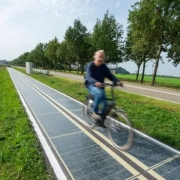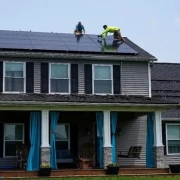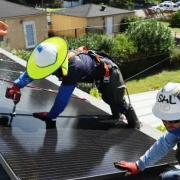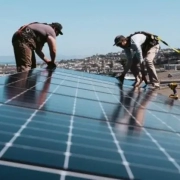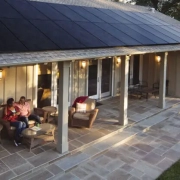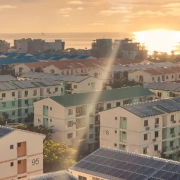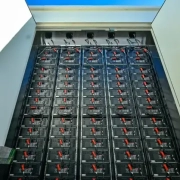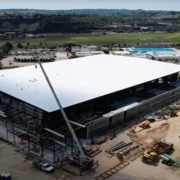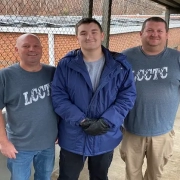Until recently, a store selling groceries in a village in Zambia couldn’t sell cold drinks: It didn’t have access to electricity to power a fridge. But the store now has a solar panel on the roof connected to a solar fridge that’s stocked with drinks and ice. The business owner has nearly doubled overall sales.
The store was one of the first to get a new fridge designed by Amped Innovation, a Bay Area-based company that’s now scaling up production of the appliance. They wanted to help tackle a widespread problem—even though the energy grid is quickly growing in Africa, millions of people still aren’t connected or have to deal with frequent outages.
Click here to read the full article
Source: Fast Company
—
If you have any questions or thoughts about the topic, feel free to contact us here or leave a comment below.


